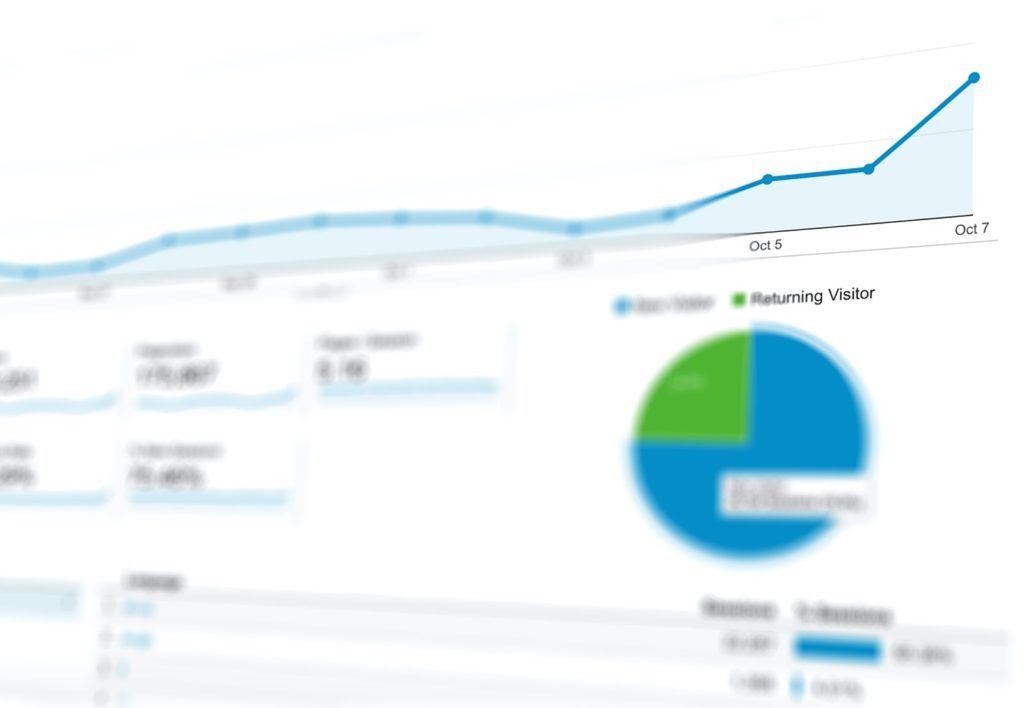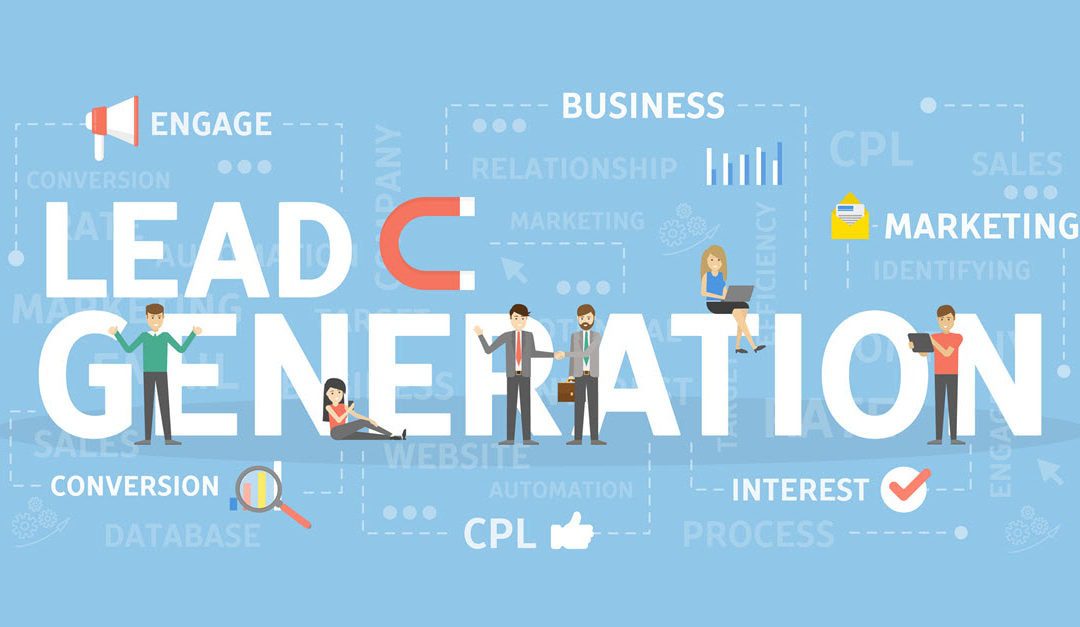Pay-per-lead marketing is performance-based marketing Meaning that the marketing company has to produce results before they get paid. It can be a win-win for both the marketing company and the marketer. It’s a mutual agreement for the “per action” fee of services.

Businesses have had to find creative ways to generate clients, and one of those ways is through pay-per-lead marketing.
Many businesses find it very difficult to attract qualifying clients. Unfortunately, finding customers has become even more difficult in the digital age. Regardless of how much money is spent on running ad campaigns, it is practically impossible to ensure those ads are reaching the right people.
One of the ways businesses avoid wasting money on ads that won’t produce clientele is by finding leads. In regards to marketing, a lead is an individual that shows interest in a brand’s service or products.
If your business is in a competitive market, or if leads are just hard to come by, pay per lead marketing may be the right choice to you.
So, what is it?
The definition of pay per lead marketing is simple. Pay per lead is an online marketing payment model in which payment is received only after solid leads are provided. In short, pay per lead marketing is a cost effective way to find great leads. Pay per lead ad campaigns decrease financial risk and give businessowners a sense of predictability in leads.
The Importance of Leads in Marketing
From a marketing perspective, the term “leads” can be used to refer to anyone who has interest in what a particular brand has to offer. Leads can be found in many ways, whether it be through demographic information or through tracking their interests on social media.
One of the biggest marketing mistakes brands make is operating on the assumption that all leads are good leads. When it comes to finding clientele for your brand, the quality of your leads is more crucial than the quantity of leads overall.
For example, a new brand can pay to have ads run across various social media platforms. While the brand may accumulate some new clients from their ad, it may not be the most effective way to find new clients.
Think about it, if that ad crosses the feed of 100 people, how many of those people would actually be potential new clients? Depending on the product, it would likely only be a few.
This is when the importance of finding quality leads comes in. For every brand, there is an ideal client persona. It’s important to know what your target demographic is. A trendy jewelry company will likely want to market to young women who are interested in fashion, while a company that sells auto body parts will want to appeal to those with a notable interest in cars.
How Does Pay Per Lead Marketing Work?

When using the pay per lead business model, brands only pay for leads that have expressed an interest in their service.
Prior to the marketing company beginning on their work, they will come to an agreement with the client to decide how much each lead will cost. Additionally, the client will implement a quota of how many leads they would like provided monthly.
Leads can be accumulated in many ways. Conversion events such as email lists, phone calls, and a contact form on a brand’s website are among the most common ways to generate quality leads. Determining the amount of leads you would like to acquire is a good way to gauge what type of influx in business you should expect, as well as letting you know what to expect as far as budget goes.
Pay per lead marketing companies will only get paid after delivering a brand qualifying leads that are willing to take the next step. This will certainly help a brand simplify their marketing strategy, not to mention decrease their marketing budget.
Should You Use Pay Per Lead Marketing?
The most obvious benefit to cost per lead in marketing is that it reduces cost and risk in paying for marketing. In short, PPL marketing is a great way to increase leads while reducing financial risk. Generally speaking, PPL will generate more financial revenue than traditional pay-per-click or SEO/ad campaigns.
If a brand is struggling to find high quality leads, PPL marketing is a great choice for them.
On top of reducing costs and maximizing leads, PPL will give a brand insight on what their demographic is. This will simplify the process of finding leads in the future, regardless of whether or not you are still using PPL.n
What Does Pay Per Lead Marketing Cost?
The idea of obtaining a set amount of qualifying leads through pay per lead internet market can be very exciting for a new brand. That being said, it is certainly something that needs to be planned for in your budget. You can talk with your digital marketing company and settle on a PPL quota that fits in with your budget.
When you are determining your cost per lead, it’s crucial to consider how much money you would be willing to spend to acquire a customer. A rule of thumb that many brands follow is that customer acquisition costs should cost up to 10% of the revenue.
For example, if your service costs $100, you should be willing to pay up to $10 to acquire a single customer.
The next aspect to consider in your budget is your sales team. What percentage of leads does your sales team close on?
In order to calculate your cost per lead, you should be multiplying your acquisition cost by your acquisition rate. That will give you a good idea of how much you can expect to pay per lead.
How Does PPL Minimize Risk for Businessowners?
PPL is a marketing model in which the marketing company is only paid for high intent leads who intend on taking the next step with a service or product. The business and the marketing agency will come to an agreement on how much each lead will cost. Generally, a good estimate of the PPL cost can be calculated if you multiply your customer acquisition cost with your customer acquisition rate.
As far as digital pay per lead marketing goes, leads are found by marketing agencies through something called a “conversion event”. These are actions such as requesting more information about a business, signing up for a business’s newsletter, placing a phone call to the business, and using a contact form on a company site.
When you come to an agreement with your PPL agency, you will be able to get a gauge of how much you’ll be spending on marketing a month, as well as know how many leads you can expect.
PPL marketing agencies will only get paid once they deliver a list of interested leads. Due to this requirement, you are guaranteed to receive high quality leads. PPL agencies know they won’t get paid until these high quality leads are delivered, so they have more incentive to only list people who are willing to take the next step.
PPL VS. Digital Marketing

Many people question the difference between PPL and digital marketing, and others wonder if they are just the same thing.
PPL and digital marketing are not exactly the same thing. That being said, many PPL providers will use different digital marketing tactics to help generate leads. Digital marketing is only one of the many strategies PPL providers will use to build up high quality leads.
How Do I Get Started with PPL?
For businessowners who have only run traditional ad campaigns, such as SEO and pay-per-click campaigns, should look into how their current marketing campaigns are running. Prior to starting a new campaign, it’s important to know how many leads your existing campaigns are providing.
It is also wise to check in and get a feel for what your demographic is.
From there, you can consult with a PPL provider and determine some projections for how many leads to expect. This will make it easier to set goals and quotas.
In Conclusion

Many businesses are finding it increasingly difficult to acquire qualifying clients. Some brands can spend thousands on campaigns, and find that they are just losing money in the long run. Even if brands do generate traction with their ads, it’s impossible to ensure campaigns are reaching potential clients.
The biggest benefit of utilizing Pay Per Lead marketing is that it significantly simplifies marketing for businesses.
When a business chooses to work with a PPL company, they reduce the financial risk of standard marketing while being able to predict what kind of influx in business they can expect. Additionally, you are getting the most bang for your buck – as you are only paying for high quality leads.
PPL is a proven method of getting qualifying and willing leads with a lower financial risk.

